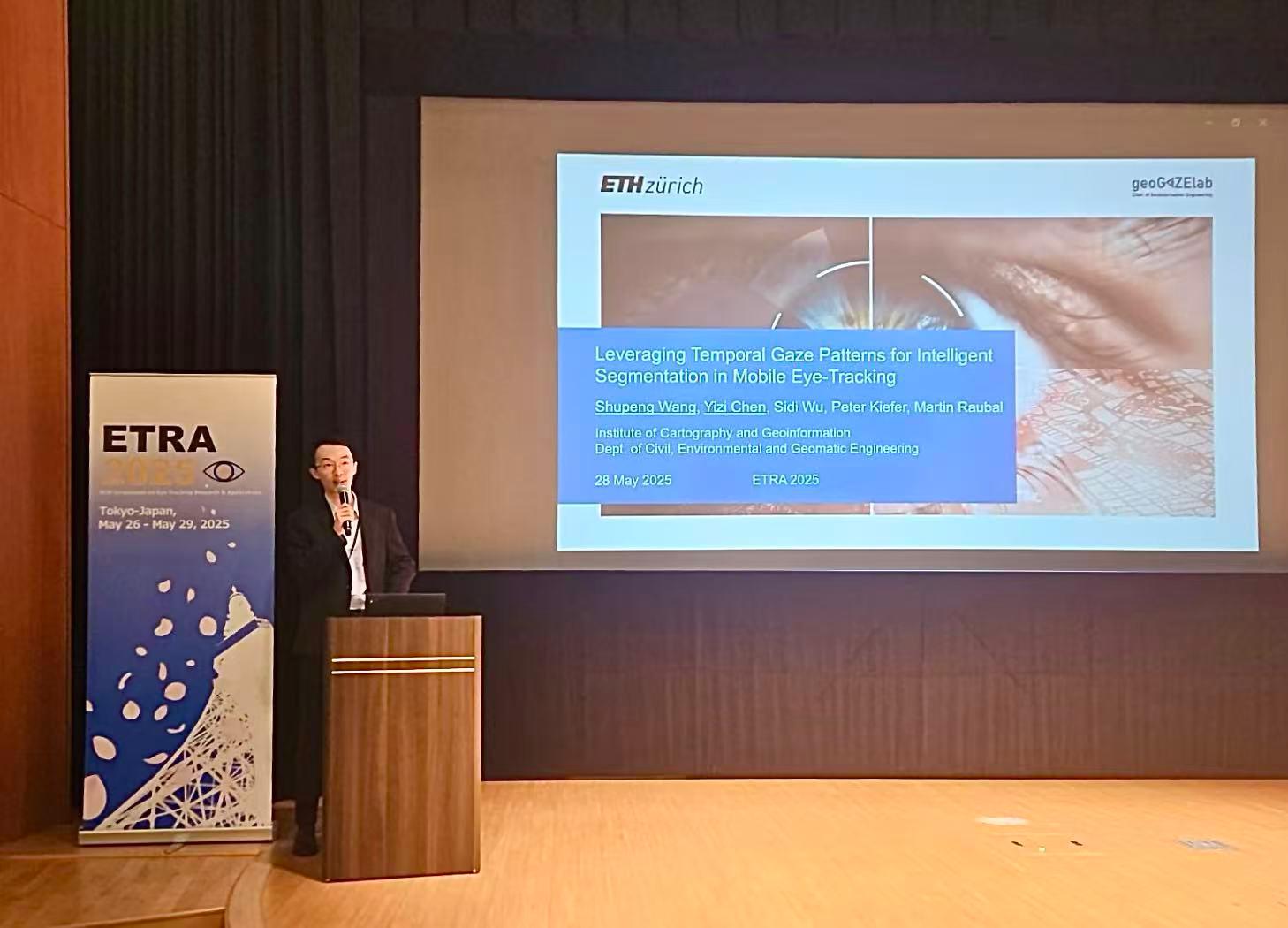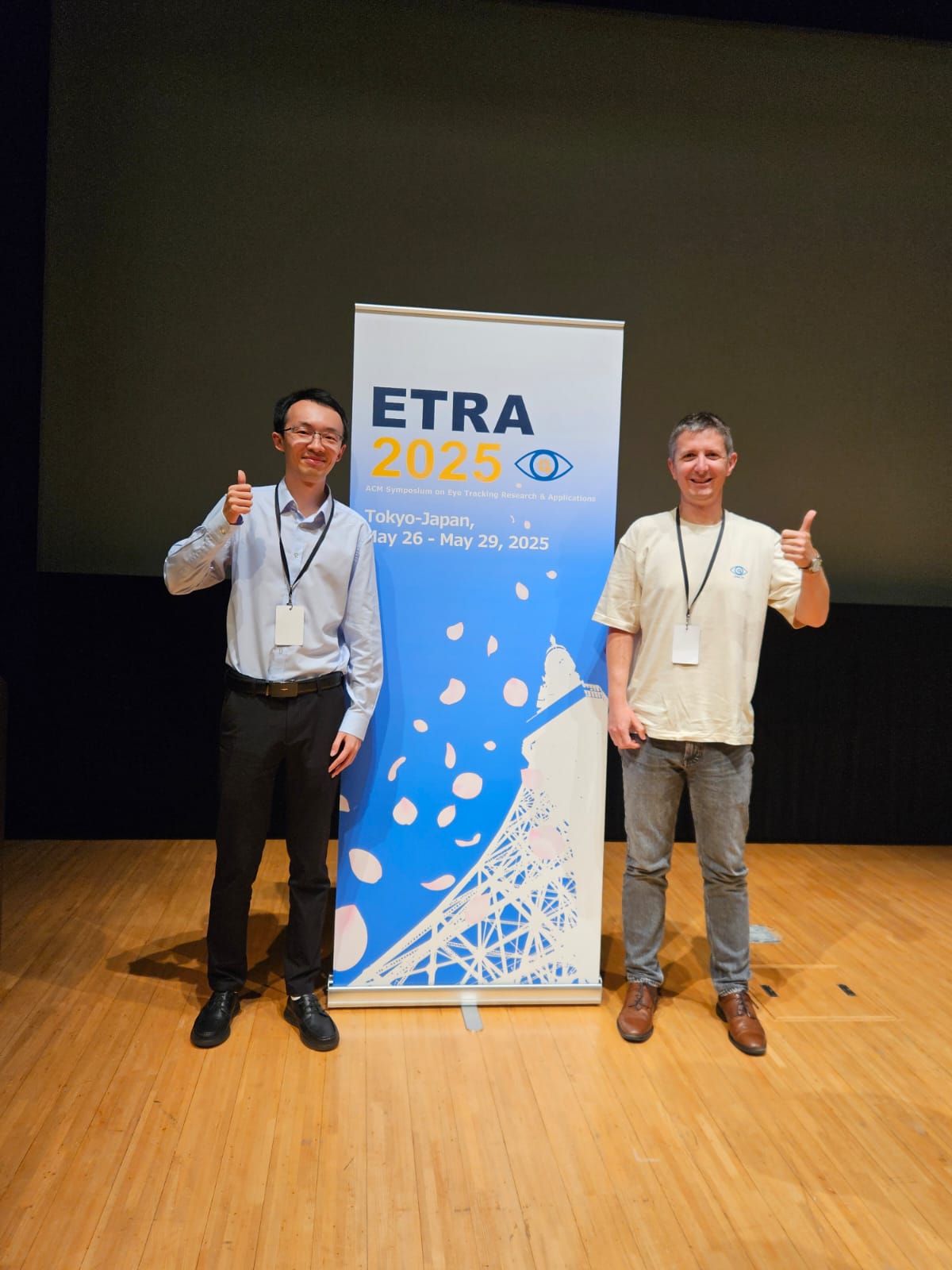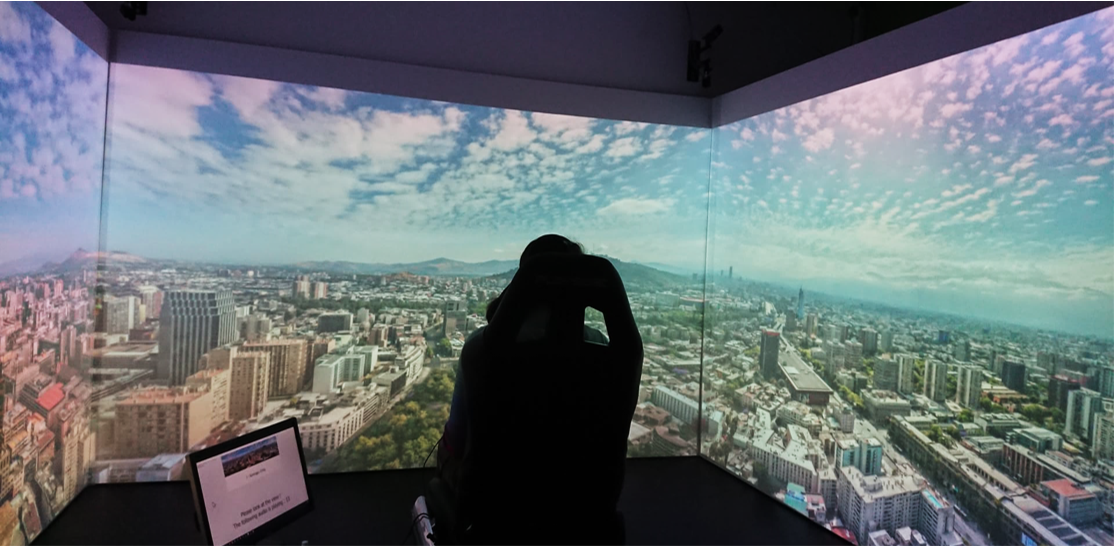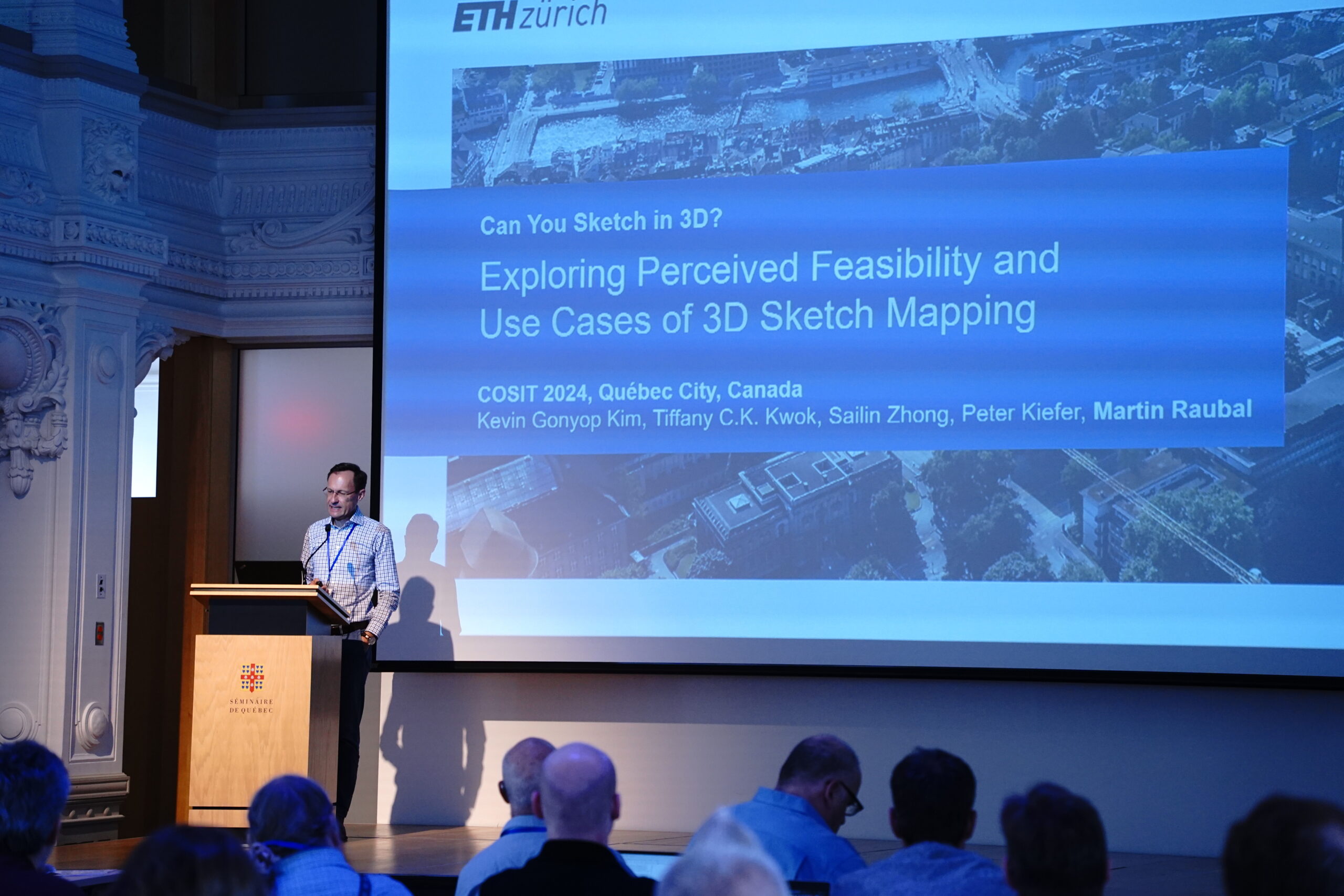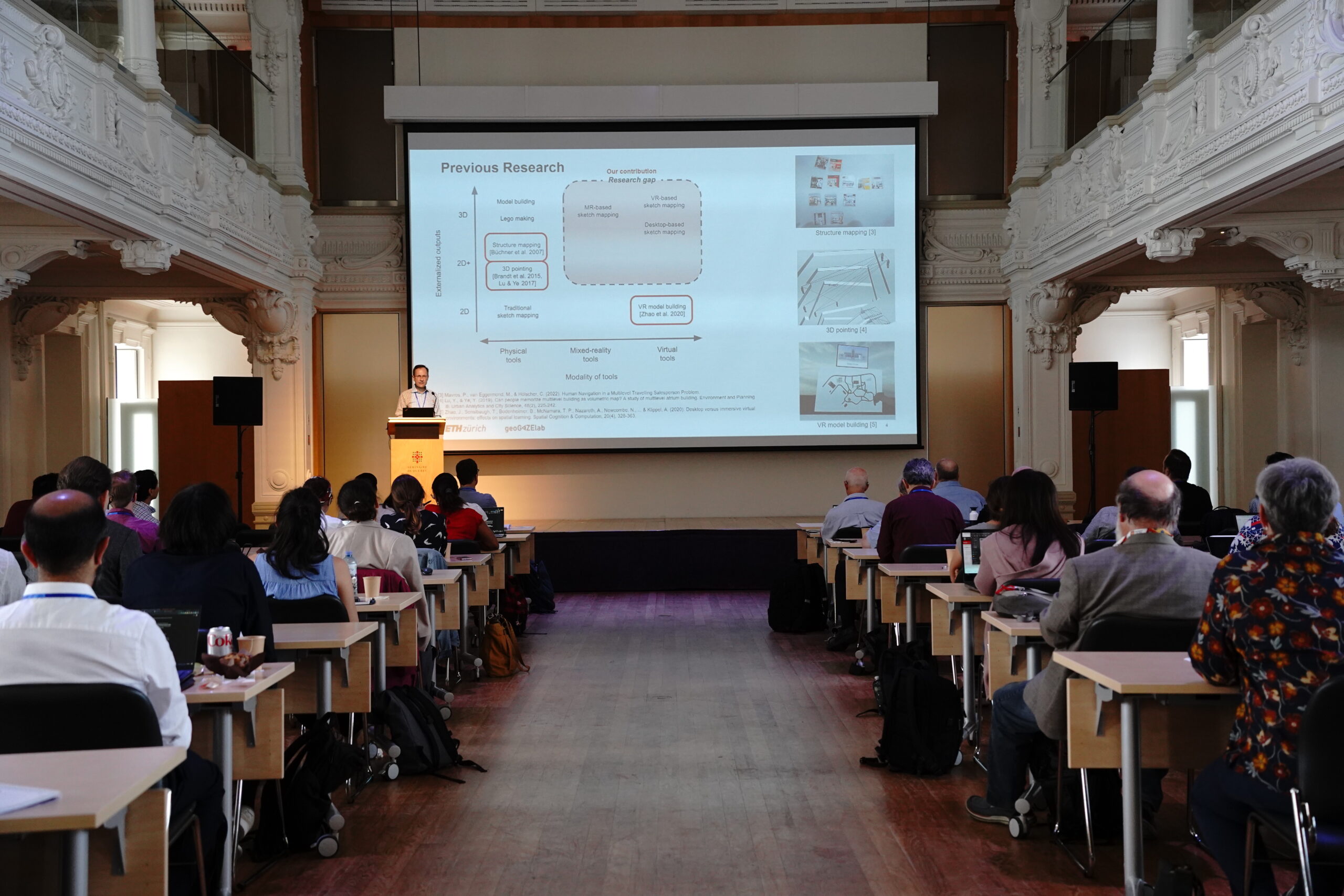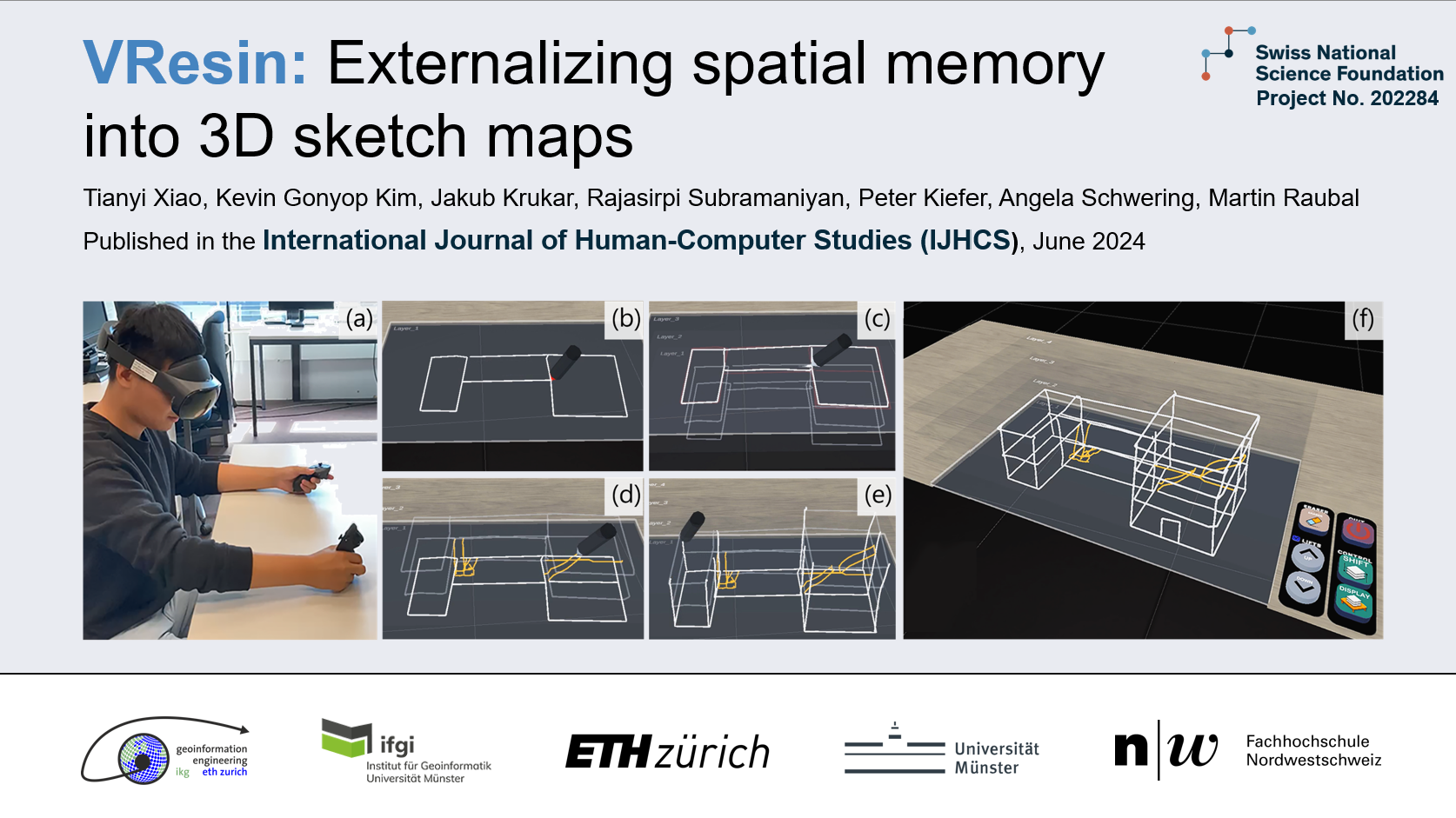A joint paper with our partners at CSEM on the eye tracking hard- and software developed in PEGGASUS was published on the SPIE digital library. We encourage you to take a deep dive into the technological achievements of PEGGASUS:
“The pipeline, which is a combination of data-driven and analytics approaches, runs in real time at 60 fps with a latency of about 32ms. The eye gaze estimation error was evaluated in terms of the point of regard distance error with respect to the 3D point location. An average error of less than 1.1cm was achieved over 28 gaze points representing the cockpit instruments placed at about 80-110cm from the participants’ eyes.”
Engin Türetkin, Sareh Saeedi, Siavash Bigdeli, Patrick Stadelmann, Nicolas Cantale, Luis Lutnyk, Martin Raubal, Andrea L. Dunbar (2022). Real time eye gaze tracking for human machine interaction in the cockpit In AI and Optical Data Sciences III (Vol. 12019, pp. 24-33). SPIE..
The paper was presented at SPIE’s Photonics West conference at San Francisco’s Moscone Center.
Find the full text and presentation video here: https://doi.org/10.1117/12.2607434
The publication is part of PEGGASUS. This project has received funding from the Clean Sky 2 Joint Undertaking under the European Union’s Horizon 2020 research and innovation program under grant agreement No. 821461







